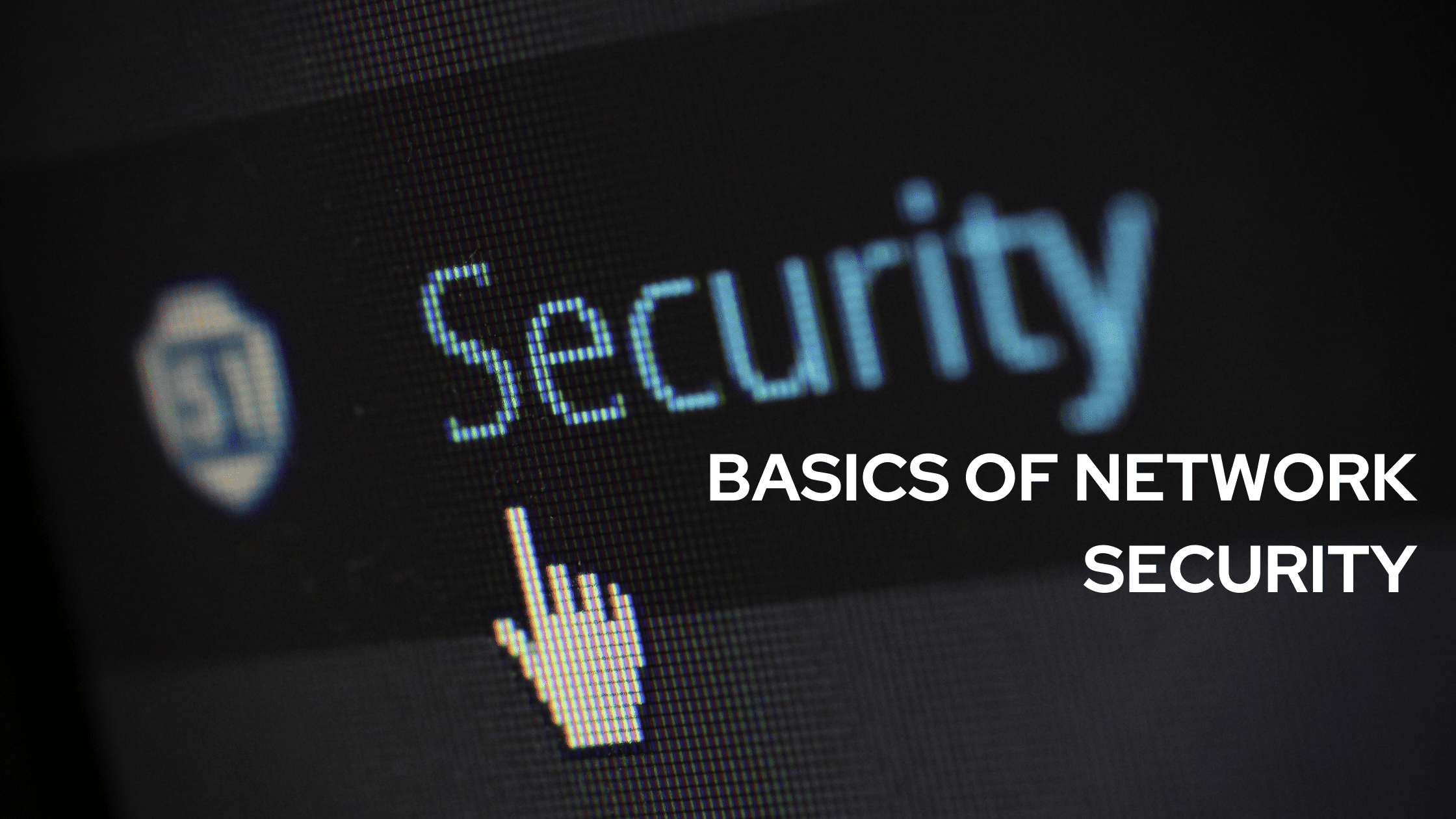We are all guilty of stalling the installation of new security patches on our electronic devices. For all we know, even Tim Cook may be guilty! The ‘Remind me later’ option is our best friend for how often we reach out to it. The comfort and luxury of technologically adept living spaces has also invited sin in the form of sloth. We’ve become harbingers of a culture that promotes reactive action, instead of proactive action. Our zeal for becoming an AI-enabled word ends at the purchase of smart devices, lacking enthusiasm for their upkeep.
Patch Management refers to the mechanism by which companies obtain, verify, and install patches, i.e. code or data changes intended to update, improve, or protect existing software, to preserve operational effectiveness or mitigate vulnerabilities. Although effortless, most businesses struggle to recognize essential security fixes, check and deploy security releases to repair issues when they happen. The average total patch time is a whopping 102 days.
Patches are designed to repair an identified vulnerability or flaw following the release of an application or software. Unpatched software can turn the device into a vulnerable exploit target. Software patches are a critical component of the IT and security operations. Instant patching is vital to cybersecurity. When releasing a new patch, attackers use software that looks at the underlying vulnerability in the patched application. This is something that hackers perform quickly, allowing them to release malware within hours of a patch release to exploit the vulnerability. Security patches prevent the exploitation of vulnerabilities by hackers and cybercriminals that could halt operations. For a ransom, hackers might encrypt all records, servers, and computers. Therefore, cyber protection of companies, suppliers and consumers is of utmost importance and there have been enough cyberattack scandals to prove just that.
The WannaCrypto ransomware cyber attack against Microsoft users is still fresh in our memory. It was a storm against individuals and businesses with poor patch management policies, and one of the biggest attacks the cyber world had ever witnessed. Even though Microsoft released a security patch a month before WannaCry ransacked 200,000 computers across 150 countries, the damages were massive. The cryptoware exploited a known vulnerability dubbed “EternalBlue”. Weak security practices and lack of patching are likely reasons why malicious use of the EternalBlue exploit has grown rampantly since the beginning of 2017. Patches prevent critical threat to computer systems. They are a necessity because security breaches aren’t operating system specific issues. Companies could employ the following patch management practices.
- Automation is the key- Manual patch management can be an extremely time-consuming and laborious process. Cloud-based, automated patch management software permits companies to schedule regular update scans, and ensure patches are installed or automatically applied under the given conditions. A ‘critical updates first’ approach can be taken to prevent exploitation of critical vulnerabilities with published exploit codes.
- Mitigate the need for validation of patch deployment- Despite patching automation becoming increasingly popular it would be unwise to assume that automated solutions are working efficiently. Manual validation is also essential from time to time. A worthwhile investment would be to build scripts or processes to alleviate the burden.
- Implement a Data Backup & Recovery (Rollback) Plan– Every company must have a Backup and Disaster Recovery plan, with backups on-site and off-site (cloud). With backups in place, any computer or servers that experience incompatibility or performance issues post-patch should be able to roll back the patches. These backups are cost and time-efficient.
- Utilize the Principle of Lease Privilege (POLP) for end-users- Most companies also require staff to have admin rights on their company devices for a smooth command chain. Employees may disregard or neglect critical fixes, and alerts on vulnerability that they don’t find important. Although the IT department essentially must enforce a minimum privilege policy to limit workers, end users really should have only a limited amount of access or privileges required to fulfil their function within an organization.
Awareness about the vulnerabilities is just as important as mitigating them. Proactive patch management focuses on preserving the most critical devices and applications from a business perspective and reducing the overall surface of the attack. Once the vulnerabilities are assessed, the most critical ones are plugged.
BASICS OF NETWORK SECURITY
At a time when new words such as digital warriors are emerging to the cyber landscape, not much is left unsaid about how utterly dangerous the digital space has become. The IT boom meant not only more users but also more hackers and increased security threats. To keep these fears at bay, it is essential that we first educate ourselves about network security so that we’re capable to thwart attacks.
Authentication- This is the beginning of the beginning. The first step is to have a strong authentication procedure in place. With strong enough passwords in place, a password-only system can be enough to keep most threats out. This often does not suffice. A multi-factor authentication (MFA) system is a great solution to this issue. Often deployed with two-factor authentication (2FA), this authentication system works wonderfully by making access grants more difficult, therefore enhancing security. For modern small businesses, however, such an elaborate system is not required. A standard 2FA procedure (login-password) does the trick.
Protecting the digital environment- At a time when we’re only beginning to consider climate change a serious threat, proactive efforts for protecting our digital ecosystem are also essential. Complicated? Not really.
For the Local Area Network (LAN) or Wide Area Network (WAN), the necessary security practices are easy to incorporate. The first step is authentication, but this strategy alone may not suffice. There needs to be a dedication to a 2-pronged strategy- software, physical security, and training.
Software- Software has been an integral part of a comprehensive network security strategy. Firewalls, antivirus and other software tools are deployed to protect organizational data. Some organizations are now using email encryption systems to ensure that business messages cannot be intercepted. Software security is not a panacea. Firewalls can be breached and anti-virus companies hacked.
Physical Security- Deploying biometric authorization has become a necessity recently to allow only authorized access. A dedicated surveillance system with sophisticated equipment can make a world of difference in protecting access information.
Training- With the mounting security threats, businesses need to incorporate training programmes in their employees’ routines to keep them up to date, thereby, making their network less susceptible. The staff must be made aware of their specific roles in keeping the network free from threats.
Phishing is the looming threat that businesses face. Averting phishing could be considered a top-most priority as it may compromise sensitive information. Effectivity can be considered a direct effect of cognizance of threats and remediation practices.
Remote Solutions- Employees that work and contribute beyond the boundaries of physical networks need access to files and resources in the business. The convenience and ubiquitousness of mobile devices encouraged even employees to explore them. Organizations also need ways to secure their physical networks, while ensuring that the mobile devices of their workers do not add malware to the network.
Thus emerged the avant-garde science of cloud computing. The cloud offers freedom to access data and software remotely from users outside the network. Most cloud systems are completely managed and have powerful privacy and security tools to ensure that resources remain secure. Businesses must have a plan to manage the mobile resources to ensure that the boon doesn’t turn into a bane.
Protection of proprietary information means network security which in turn is a direct reflection of the efficiency of the company. The efficiency of a company is the mirror to its much-guarded reputation.




